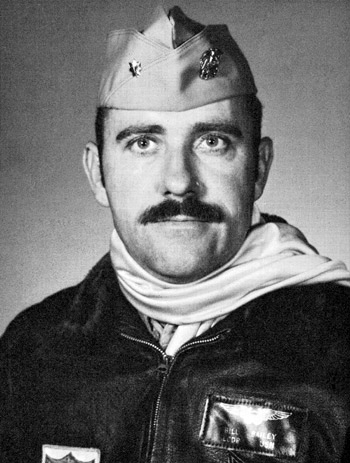
|
James William Bailey |
 |
|||
| Rank, Service | ||||
Commander O-5, U.S. Navy |
||||
| Veteran of: | ||||
|
||||
| Tribute: | ||||
Bill Bailey was born in 1943 in Kosciusko, Mississippi. After attending Homes Junior College and the University of Southern Mississippi, he entered the Naval Aviation Cadet Program on January 9, 1964, and was commissioned an Ensign in the U.S. Navy and designated a Naval Flight Officer on October 15, 1964. Ens Bailey next attended Radar Intercept Officer (RIO) Training at NAS Glynco, Georgia, followed by F-4 Phantom II Replacement Air Group Training, before joining VF-143 at NAS Miramar, California, in April 1965. He deployed to Southeast Asia aboard the aircraft carrier USS Ranger (CVA-61) from January to August 1966, and aboard the aircraft carrier USS Constellation (CVA-64) from May 1967 until he was forced to eject over North Vietnam and was taken as a Prisoner of War on June 28, 1967. After spending 2,063 days in captivity, LT Bailey was released during Operation Homecoming on February 18, 1973. He was briefly hospitalized to recover from his injuries, and then attended the University of Mississippi to complete his bachelor's degree under the Navy College Degree Program from August 1973 to August 1975. LCDR Bailey next attended F-4 Replacement Air Group Training with VF-101 at NAS Oceana, Virginia, from September 1975 to March 1976, followed by service as an F-4 RIO with VF-74 at NAS Oceana from March 1976 to March 1978. After attending Naval War College, CDR Bailey served as a staff officer in the Office of the Chief of Naval Operations in the Pentagon from July 1979 to June 1984. His final assignment was as Executive Officer of the Naval ROTC unit at the University of North Carolina from July 1984 until his retirement from the Navy on December 31, 1988. |
||||
|
||||

